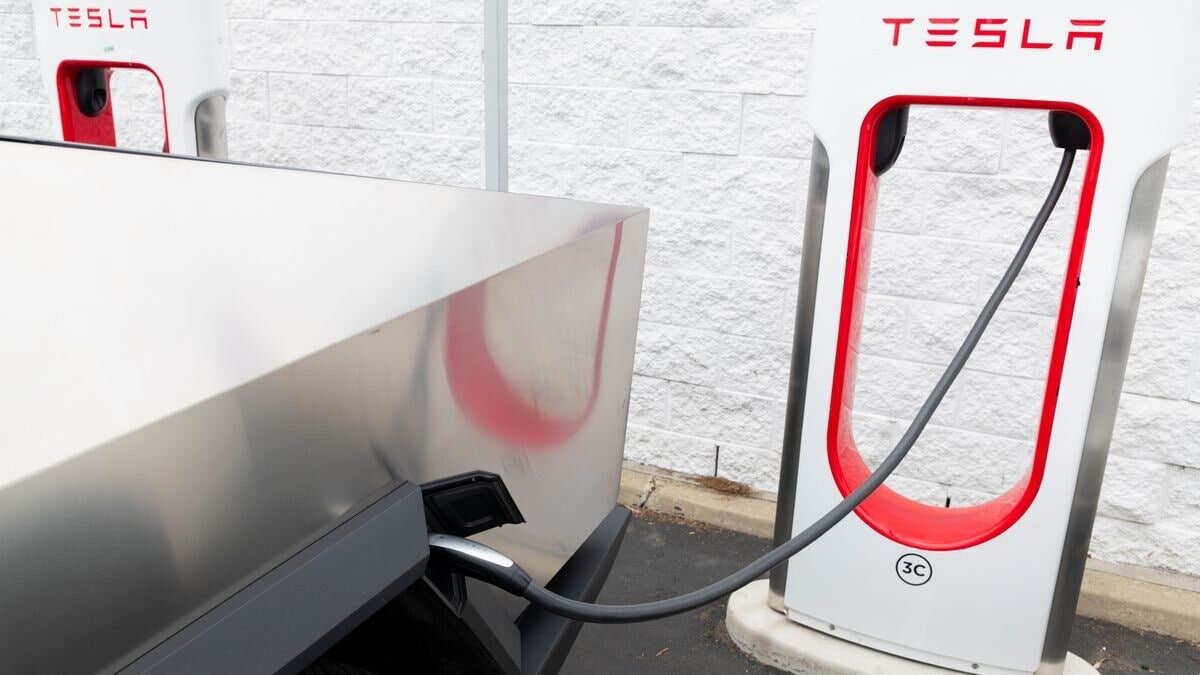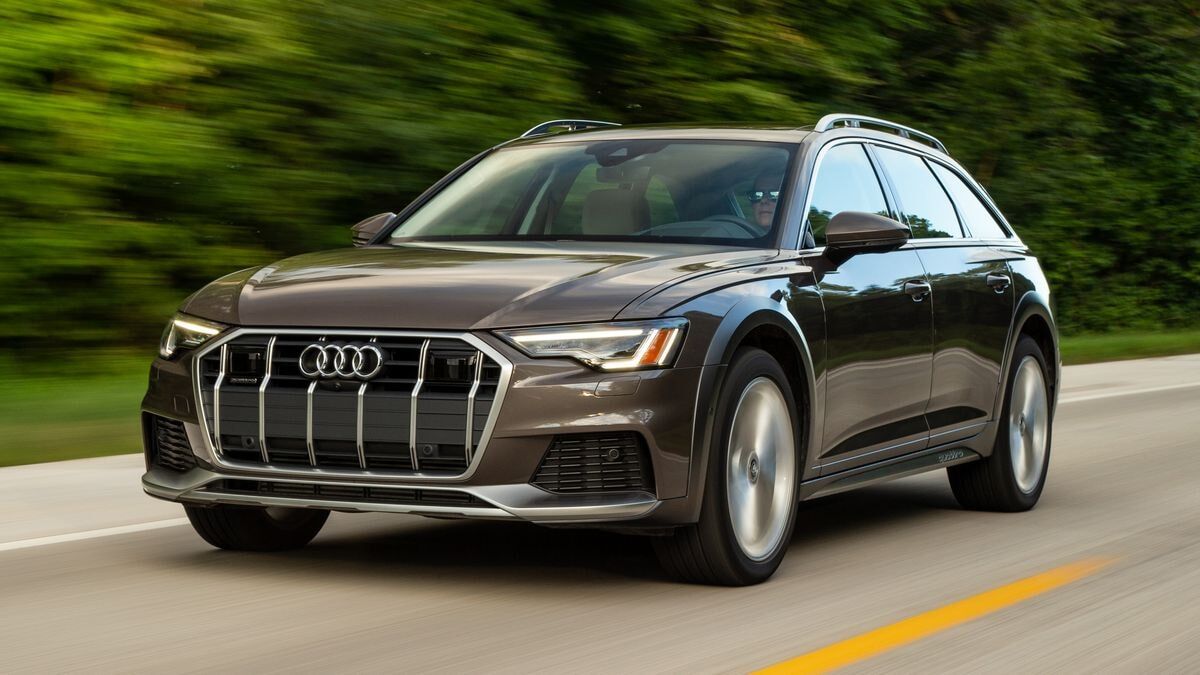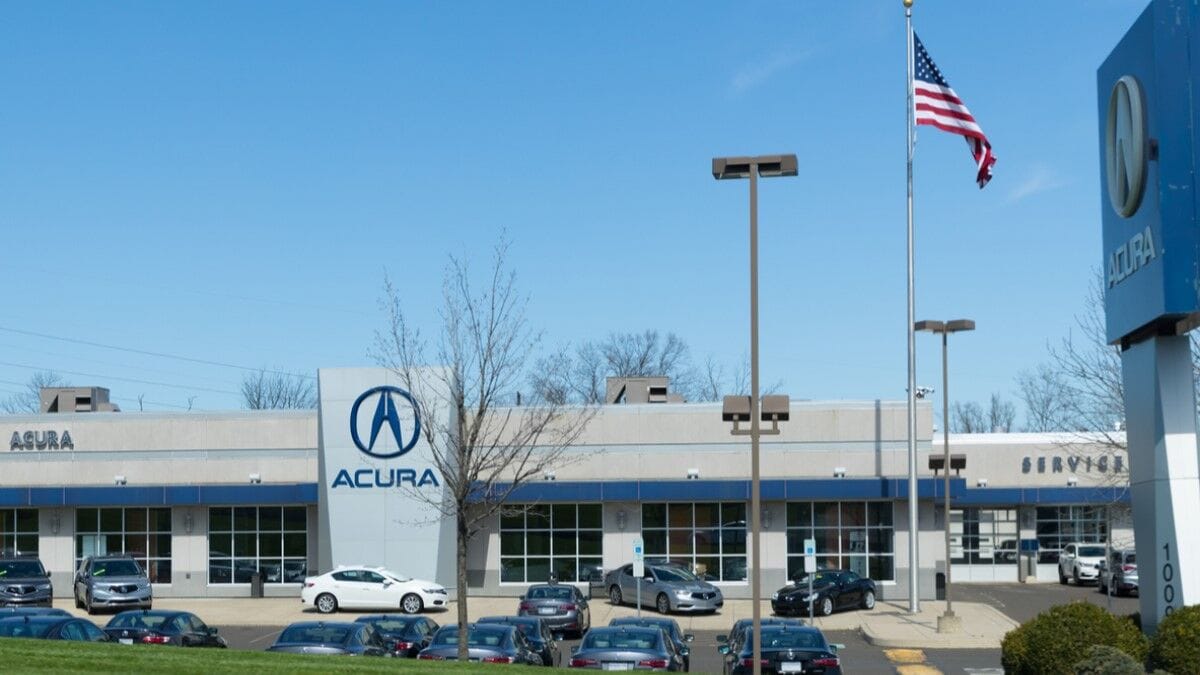- An annual study of EV charging finds drivers are less satisfied with public chargers
- 14% of charging attempts fail, a better score than a year ago
Public electric vehicle (EV) chargers are getting more reliable, but EV drivers are less satisfied with their charging experience than they were a year ago.
Those are the conclusions from J.D. Power’s annual U.S. Electric Vehicle Experience Public Charging Study, which asks drivers who own EVs or plug-in hybrids (PHEVs) to rate their satisfaction with public charging and report failed charging attempts.
In concert with the charging app PlugShare, researchers talked to 7,428 drivers for this year’s study.
They found fewer failed charging attempts than ever, but declining satisfaction.
Chargers Getting More Reliable
- Drivers reported fewer failed charging attempts than last year
Drivers reported that 14% of public charging attempts failed. A year ago, researchers found a 19% failure rate.
“By far, the most common reason for non-charge visits is the charger being out of service or not working properly, which affects 60% of failed charging visits,” J.D. Power says.
Some states had more frequent problems than others. Drivers in the Pacific region reported that 21% of charging attempts failed, while those in the East South Central region saw just a 7% failure rate.
Related: Number of EV Chargers Growing Even Without Federal Help
“Among major cities, EV owners in Seattle (25%) and Los Angeles (24%) report high rates of unsuccessful charging attempts, while a greater share of drivers in San Francisco (18%) and Denver (14%) experience wait times to access chargers,” the researchers write.
Fast Charging a Better Experience
- Respondents were more satisfied with faster chargers
Public EV chargers come in two types. Level 3 chargers, also called DC fast chargers, are often found at highway rest stops and can fill most EV batteries in less than an hour. Level 2 chargers, also called destination chargers, are common at shopping centers and parking garages, and take several hours to recharge most EV batteries.
Related: EV Charging Stations — Everything You Need to Know
“In this year’s study, satisfaction with DC (direct current) fast chargers is 654 (on a 1,000-point scale), a 10-point decrease from the same period a year ago, with notable declines in factors related to payment and cost. Satisfaction with public Level 2 charging has declined to 607, a 7-point decrease year over year,” J.D. Power says.
Users have long reported the highest level of satisfaction with Tesla’s Supercharger network. But much of the industry has caught up. Tesla’s network scored 709 this year, a 22-point decline from last year.
“Non-Tesla automaker-operated networks — including the Mercedes-Benz Charging Network, Rivian Adventure Network, and Ford Charge — collectively earn a satisfaction score of 709, on par with Tesla,” the researchers write.
Users Frustrated at Cost
- Many reported frustration with high public charging prices
The most common complaint? Cost.
“Satisfaction with cost of charging among users of both Level 2 and DC fast chargers declines this year to 459 (-16 points) and 430 (-16), respectively,” study authors note.
Many EV owners switch to electric driving in hopes of saving money, on the theory that electricity is less expensive than gasoline. That’s true when plugging in at home, but it’s less true with public chargers.
Related: Federal EV Charger Funds Flowing Again
“As the infrastructure market evolves and electricity rates rise, charging prices have increased significantly in some cases, directly affecting the overall EV ownership experience,” says Brent Gruber, executive director of the EV practice at J.D. Power.








